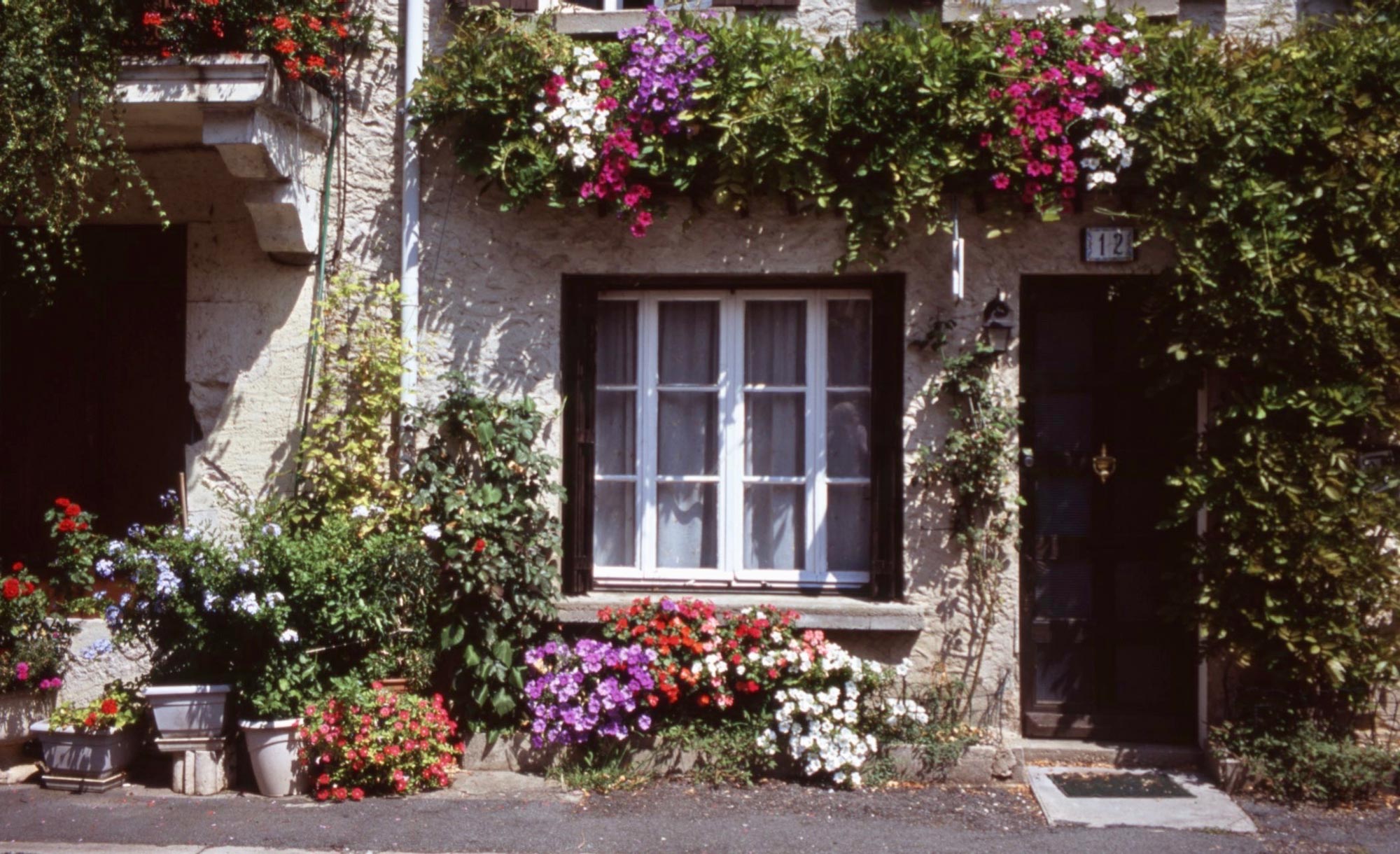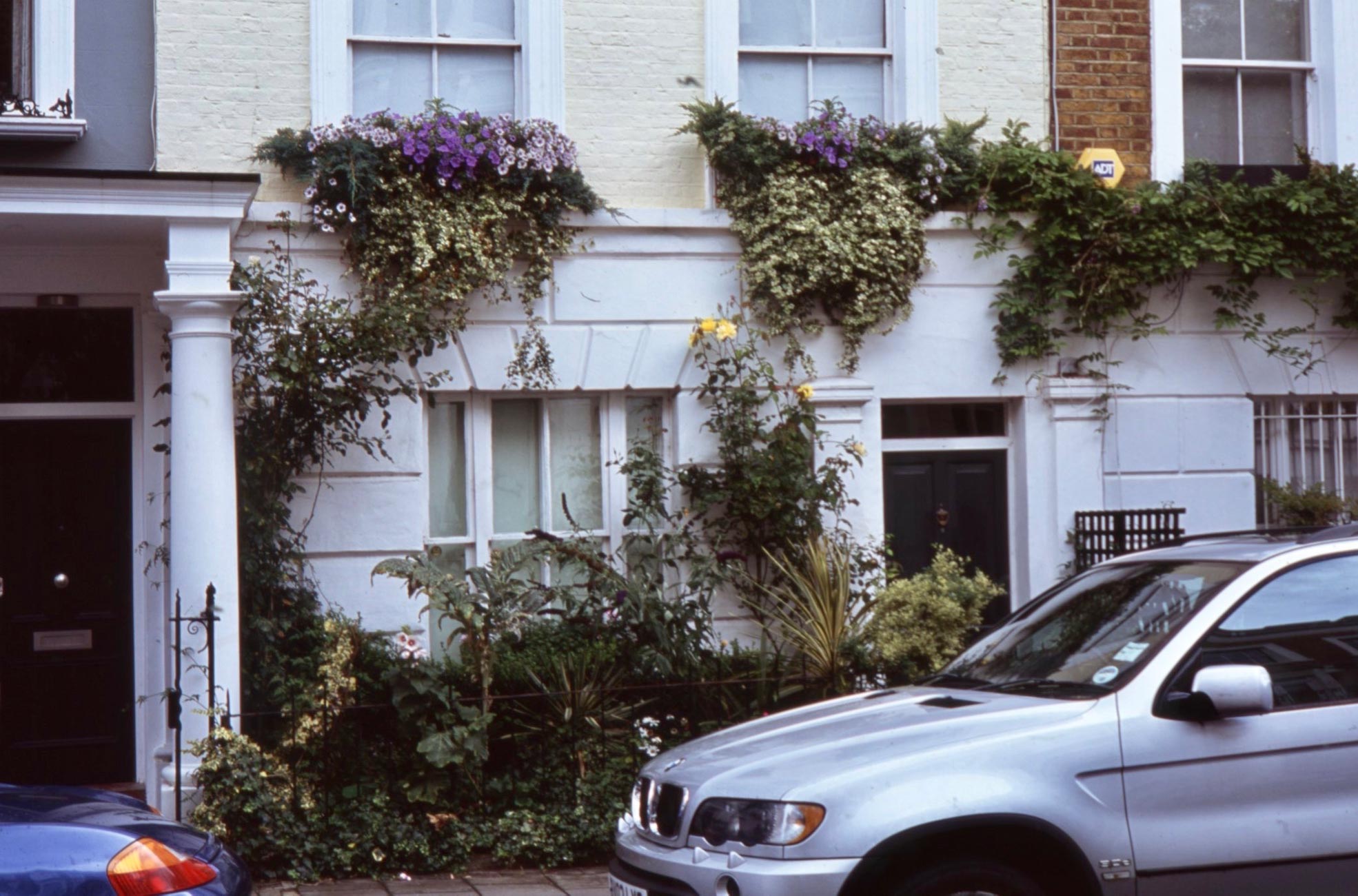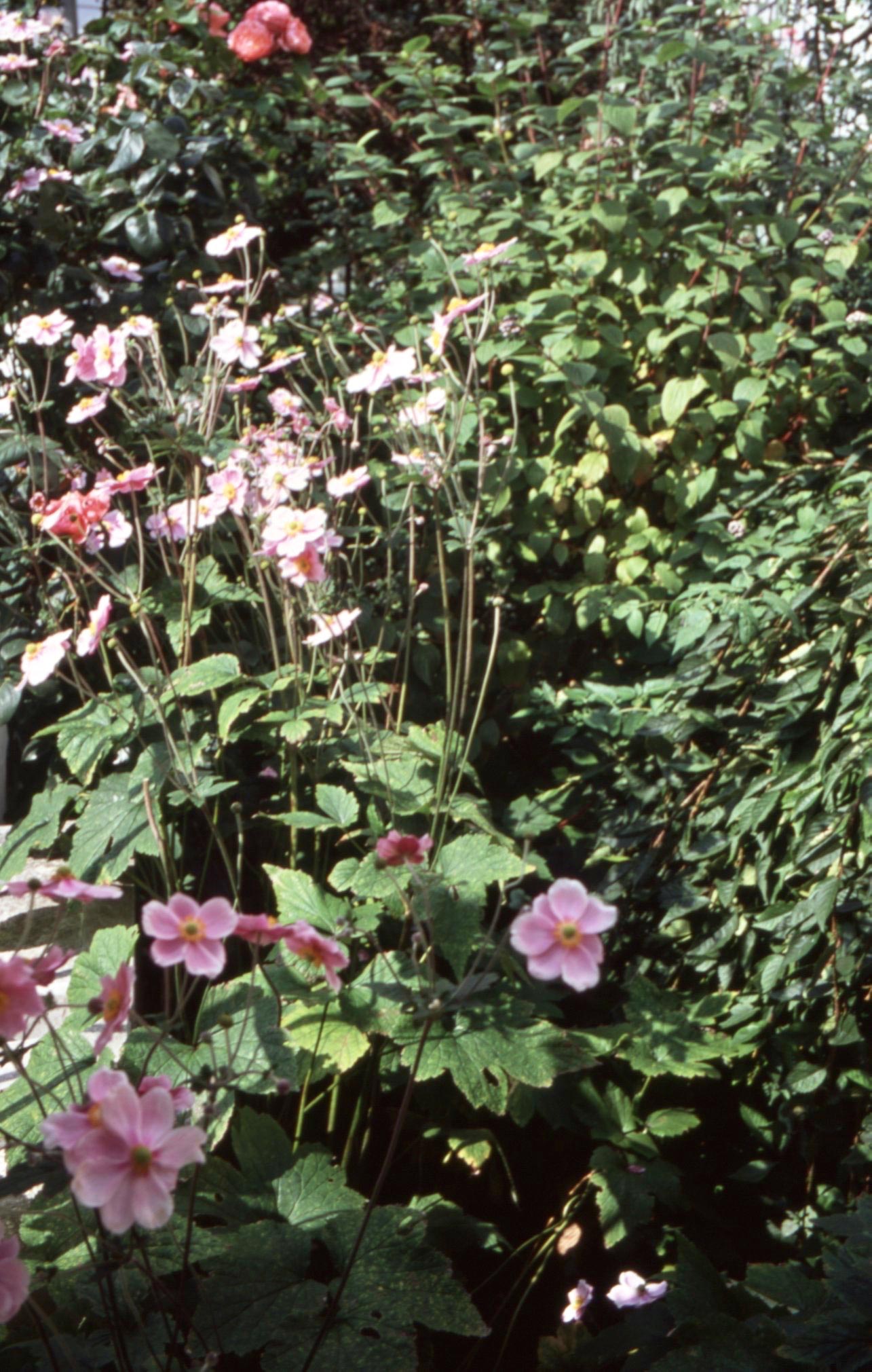‘Little Dorrit’ is one of Charles Dickens’s great novels. My Folio Society Edition of 1986 is, at 834 pages with 72 of Charles Keeping’s exquisite illustrations, so great that I intend to deviate from my normal approach to books in this blog.
The tale has been reproduced so often in books and films and there are so many Internet pages on it that I think I do not need to refrain from any story spoilers, and my observations may or may not be superfluous.
Just as the author published the work in serial form I will do the same with my presentation of Mr Keeping’s drawings. I will write something about each picture as I make my leisurely journey through the weighty tome.
The frontispiece represents Marshalsea Prison.
Wikipedia tells us ‘The Marshalsea (1373–1842) was a notorious prison in Southwark, just south of the River Thames. Although it housed a variety of prisoners, including men accused of crimes at sea and political figures charged with sedition, it became known, in particular, for its incarceration of the poorest of London’s debtors.[1] Over half the population of England’s prisoners in the 18th century were in jail because of debt.[2]
Run privately for profit, as were all English prisons until the 19th century, the Marshalsea looked like an Oxbridge college and functioned as an extortion racket.[3] Debtors in the 18th century who could afford the prison fees had access to a bar, shop and restaurant, and retained the crucial privilege of being allowed out during the day, which gave them a chance to earn money for their creditors. Everyone else was crammed into one of nine small rooms with dozens of others, possibly for years for the most modest of debts, which increased as unpaid prison fees accumulated.[4] The poorest faced starvation and, if they crossed the jailers, torture with skullcaps and thumbscrews. A parliamentary committee reported in 1729 that 300 inmates had starved to death within a three-month period, and that eight to ten were dying every 24 hours in the warmer weather.[a]
The prison became known around the world in the 19th century through the writing of the English novelist Charles Dickens, whose father was sent there in 1824, when Dickens was 12, for a debt to a baker. Forced as a result to leave school to work in a factory, Dickens based several of his characters on his experience, most notably Amy Dorrit, whose father is in the Marshalsea for debts so complex no one can fathom how to get him out.[6][b]
Much of the prison was demolished in the 1870s, although parts of it were used as shops and rooms into the 20th century. A local library now stands on the site. All that is left of the Marshalsea is the long brick wall that marked its southern boundary, the existence of what Dickens called “the crowding ghosts of many miserable years” recalled only by a plaque from the local council. “[I]t is gone now,” he wrote, “and the world is none the worse without it.”[8]‘
In his introduction to my copy, Christopher Hibbert, speaking of Dickens’s childhood experience, states that ‘throughout his life thereafter Dickens had been obsessed with prisons, prisoners and imprisonment. In England, in America, Italy and France he found his way to the prison in each new town he visited in the way that another man might seek out a museum or a church.’
The jailer of Marseilles Prison takes his little daughter on a tour of the cells.
During my brief spell of residence in Sutherland Place, W2 I served as a Committee member of the local Neighbourhood Association which enjoyed an annual gardens competition. In the summer of 2008 I toured the few streets around my flat making a series of photographic prints of likely contenders on which a small sub-group voted. A set of colour slides from the recently rediscovered cache dated July/August was my basic material. I scanned them this afternoon.























Although these West London properties are highly sought after and very expensive they mostly have negligible gardens. I was genuinely impressed by the ingenuity shown by the nurturing of colourful plants in all kinds of containers laid on paving and walls, on window sills, fixed to railings, and straggling down steps.
I wonder whether anyone will share my favourite. As a clue I will say it was not the stunning header picture.
This evening we dined on Jackie’s deliciously spicy pork paprika; roast potatoes, including the sweet variety, in their skins; firm broccoli; and tender runner beans, with which she drank Hoegaarden and I drank Languedoc Montpeyroux Recital 2018.


Lovely photos, Derrick; feels like summer!
It was then, Becky Thanks very much
Thanks very much
My favorite was the one with the purple/lilac flowers.
Thanks very much, GP
An interesting and lovely post,
The header is stunning. I like the third down on the left for it’s wild profusion of colors–the flowers seem wild and happy. I also like the simple beauty of the black window against the white house with the pink and red flowers–photo on the right about halfway down. And so many more. They’re all lovely. I love wrought iron, especially against the white. So, no, I have no idea which is your favorite.
Dickens visited Eastern State Penitentiary in Philadelphia where he spoke against the cruelty of solitary confinement.
Thank you so much, Merril. My favourite was not for it’s obvious beauty. A useful addition about Dickens’s US visit
The prison illustration is so detailed and it was interesting to read more about the prison and Dickens’ childhood.
The garden photos are beautiful! I think my favourite would be the fifth one where the plants border the window.
Thanks very much, D
My guess is the fushcia.
Nope. Thanks a lot, Andrew
Wonderful illustrations and wonderful photos. I used to live in W2 but we fortunately had a roof terrace and patio garden. I also had some box balls in window boxes.
Thanks very much, Sheree
I don’t dare guess your favourite; mine is the one that features roses in 4 white cylinders and some sprwaly blossoms.
Humanity has always been cruel to its own, and to other species as well.
Thanks very much, Yvonne. You are right about humanity in general
And, I like how my dyslexia even extends to typing words!
My favorite is sixth from the top with the Black-eyed Susans. Masterful gardening!
Thanks very much, Crystal
My favourite was the one with purple flowers on the white wall. The book illustrations are once again quite brilliant.
Thanks very much, Tootlepedal
Hi Derrick – thank you for this most interesting post. I have only read A Tale of Two Cities and need to dig in and read a couple more. How nice to have an illustrated edition. Looking forward to more!
Thank you very much, Barbara
I think ‘The garden with window boxes’ might be your favourite Derrick…
Nope. It is one with no place to lay pots. Thanks very much, Ivor
Can I have another 10 guesses…
Such a lively drawing of Marshalsea Prison –
I do love London architecture; the way some houses are squeezed into available spaces!
What a job, having to ‘judge’ such a wide range of displays!
I think your prizewinning garden just may be the railing garden?
It’s not my favourite, but goodness, keeping all the plants alive in those tiny terracotta pots, lovingly secured against the railings and white frontage, shows huge commitment and determination.
Again, the enterprising Londoner is making the most of all the available space they have
The ‘pot garden’ is astonishing – are they roses planted in the slim painted chimney pots?
I do hope they lasted more than the season, if so!
Thank you very much, Emma. You got it. It was my favourite because the resident of a dingy little basement with probably very little money had sone the best she could. Of course it wasn’t externally beautiful, but it engaged my feelings in a different way.
I think the roses did survive.
I’m glad that her effort and ingenuity was recognised.
I’m sure the other gardeners were amply rewarded by passers-by noticing and enjoying their more flamboyant displays!
Three winners received garden centre tokens. I lost them, replaced them, and found them after I’d moved away.
Oh dear – I’m sure the winners enjoyed theirs, and hope that you put the originals to good use in your next garden, so you were all winners
The various gardens are beautiful! Thank you for sharing those photos on a grey day here!
The debtor’s prisons are still with us, in one form or another.
Thanks very much, Lavinia
What a strange obsession…prisons

Difficult to choose a favorite
Thank you very much, Ribana.
I’ve always loved window gardens. These are beautiful!
Thank you very much, Jill
Very creative little gardens!
Well, I am thinking I never read Little Dorrit. I think there are about three that I have never read. I don’t know why I stopped. Speaking of Dickens have you ever read Disraeli’s novel Sybil? I have been thinking of reading it for about thirty years . . . .
Thanks very much, Luanne. I have read Sybil, but don’t remember anything about it – not the writer’s fault, I’m sure
My favorite is the first windowbox for its elegant simplicity accented by the wrought iron.
The wrought iron makes so many of those window and balcony displays. Thanks very much, Liz.
You’re welcome, Derrick.
Fascinating details of Dickens’ interest to prisons and prisoners and exceptional illustrations.
Thank you very much, Dolly.
My pleasure, Derrick.
Hi – I cannot guess your favorite and cannot even pick my own fav! Ha


But Derrick I am so excited you are writing about little
Dorrit
And had no idea about the art and how exciting to see the art
Cheers
I am slowly working my way through the oeuvre – you prompted my choice to follow Hard Times. Thanks very much, Yvette
So happy to have promoted this – and I do love your book shares (along with your other themes of course – like garden chat. Nature, what you see on the drives, dinner shares, and misc musings from what comes up in life) good stuff amigo
Thanks again, Yvette
Your posts leave me with a feeling that reading Charles Dickens sans the accompanying art of Charles Keeping would amount to rowing in a river without water. The West London properties are typical of highly developed metropolises of today, more concrete than breathing space.
You are so right on both counts, Uma. Those gardens with enough, albeit still little, room are giving them over to the motor car. Thanks very much
I thought your favorite would have something to do with pots. But since you said there’s no place to lay pots, I’m going to guess the abundant pink flowers in the garden with window boxes. My favorite is the window box with the delicate flowers next to the cobblestone photo. I also like the purply flowers. So Many beautiful photos – it’s hard to pick only one favorite!
Thanks very much, JoAnna. No-one has yet picked mine, but it doesn’t matter.
I love ‘Little Dorrit.” The pen and inks are special and the gardens are lovely.
Thank you very much, Cindy. I am enjoying it, too
I cannot choose a favourite, instead I marvel at the ingenuity of the creators of these beautiful patches of colour, I am fortunate to have a fairly large garden but, thanks to the ongoing drought, have turned to planting annuals in a variety of pots and other containers. This makes it easier to water them with the little water we have available and I can move them around as the need arises. I enjoyed reading ‘Little Dorrit’ many years ago and love these illustrations.
Thanks very much, Anne. It was the ingenuity that appealed to me, and I can’t get enough of Charles Keeping
I think the one with the fence, stone-y path, flowers and potted plants is your fav! ???
Ha! Just guessing!
My favs are the ones with the wrought iron and the flowers growing in window boxes!
HUGS!!!
Thanks very much, Carolyn. I know my choice was unconventional, but Emma, West Sussex, has identified it in her comments. X
According to a BBC2 programme we watched a couple of years ago, a good proportion of black people languish in prison for unpaid fines. Perhaps somebody needs to either read some Charles Dickens or to have a look at that Wikipedia entry!
Good thought, John. Thanks very much
Those are definitely lovely gardens Derrick. I am curious about what you’re reading, it must be a lovely read too.
It is – despite its length, Arlene. Thanks very much
I don’t remember reading this book. I have read his books so long ago but we cannot forget many of the characters. The flowers are so beautiful. When we were in London , we walked a lot and I loved seeing similar sights.
Thank you so much, Lakshmi
Great post
Thank you very much, Bridget
A fascinating post, Derrick. The history of the prison is gruesome and so cruel. I supposed despite all our modern problems, we have made some improvements. The illustrations are visceral. Enjoy your reading, and thanks for ending with all the lovely gardens. Where there’s a will, there’s a way.
An apt final comment sentence, Diana, Thanks very much
Gorgeous. Inner-city gardens. Not too near, not too far. Does it come with a lovely cat or a beautiful dog?
one can’t help but smile looking at those urban gardens, Derrick! a welcoming scape from the dreary cold winter.
I thought so, Lola. Thanks very much.
Ah, the gate and window with expansive purple blooms. Lovely.
Thank you very much, Lindsey